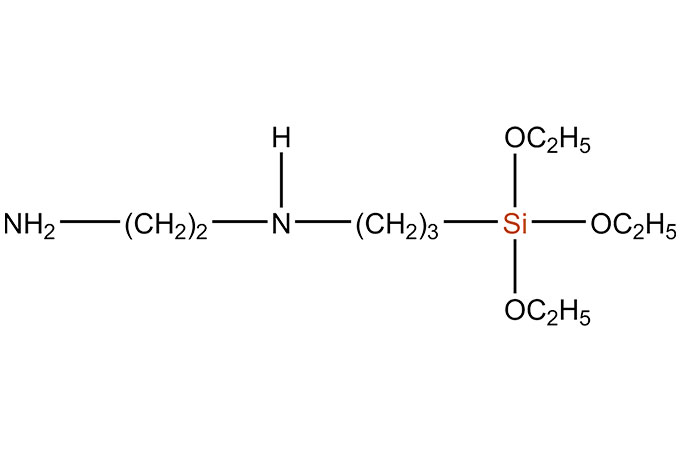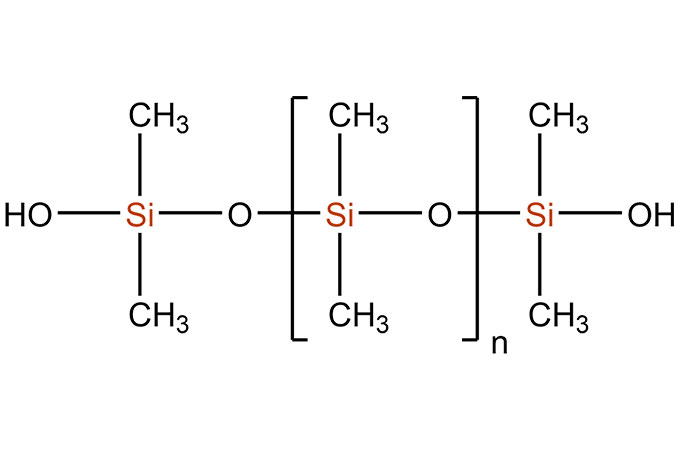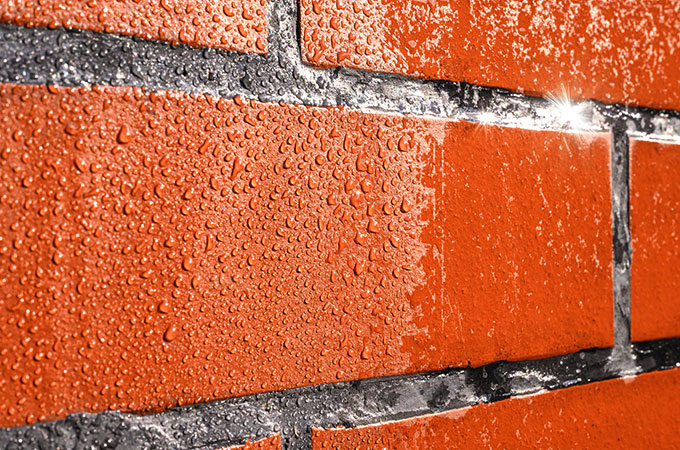Silane coupling agent has a large amount and variety, and its structure is usually represented by Y-R-SiX3. Among them, X is a halogen or an alkoxy group, and under the action of water, Si-X becomes Si-OH to realize the connection between the inorganic surface and silane. R is a long-chain alkane, and Y is an organic functional group such as amino group, vinyl group, methacryloyloxy group, mercapto group, epoxy group, etc., which is easy to react with the polymer.
Silane coupling agents are widely used in the surface modification of nanoparticles, anti-corrosion surface treatment of glass fibers and metals, and tackifiers for coatings and sealants, which can greatly improve material performance. What are the specific classifications of silane coupling? Let's take a look together.
1. Sulfur-containing silane coupling agent
The development of the automobile industry has promoted the development of the rubber industry. Rubber is used to produce tires due to its excellent cold resistance, wear resistance, aging resistance and elasticity. However, the rubber has poor tear resistance and poor slip resistance, so it is often necessary to fill a certain amount of silica in the rubber. However, white carbon black has a large surface energy and is easy to agglomerate, and it is difficult to infiltrate and disperse in the organic phase, so it must be surface modified.
At present, the most commonly used surface modifiers in the tire industry are sulfur-containing silane coupling agents. The sulfur-containing silane coupling agent combines sulfur in the structure with rubber, and alkoxy groups combine with silanol groups on the surface of silica to form a firm network structure, which greatly reduces the rolling resistance of tires.
2. Coupling agent of amino silanes
As general-purpose silane coupling agents, amino silanes can couple with almost all kinds of polymer resins. Due to the existence of free amino groups, this type of silane coupling agent has high alkalinity and high reactivity, and the flexural strength of the molding material also increases with the increase of amino groups. The disadvantage of this type of silane coupling agent lies in the use process. Premature reactions are prone to occur, and the expected results are not achieved.
γ-Ureidopropyl triethoxysilane (A-1160) is a new type of urea-containing silane coupling agent. It is a neutral water-soluble compound with a pH value of about 7. Reactions with slightly reduced activity are carried out at low temperatures, while maintaining a certain limit working performance.
As the representative varieties of heat-resistant silane coupling agents, Y-5475 and Y-5669 have a heat-resistant temperature of 60-100°C higher than traditional products due to the combination of silicon atoms and benzene rings.
The traditional silane coupling agent is prone to pre-crosslinking reaction with water, which limits its application in polyester materials. With the development of research technology, epoxy-type silane coupling agent represented by 3-(2,3-glycidoxy)propyltrimethoxysilane (A-187) can be stored for more than 12 months at room temperature It still maintains good physical properties and adhesion, thus showing good long-term storage stability in water-based properties.
 English
English 日本語
日本語 한국어
한국어 français
français Deutsch
Deutsch Español
Español italiano
italiano русский
русский português
português العربية
العربية tiếng việt
tiếng việt


